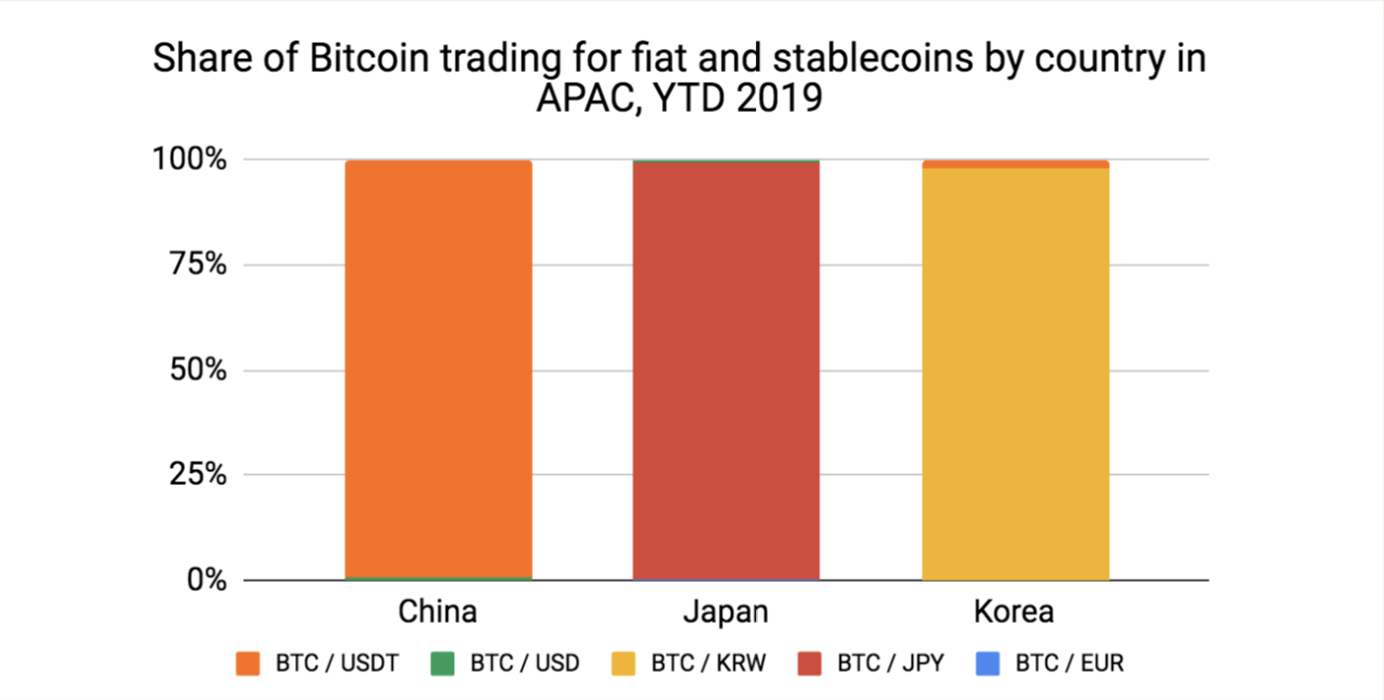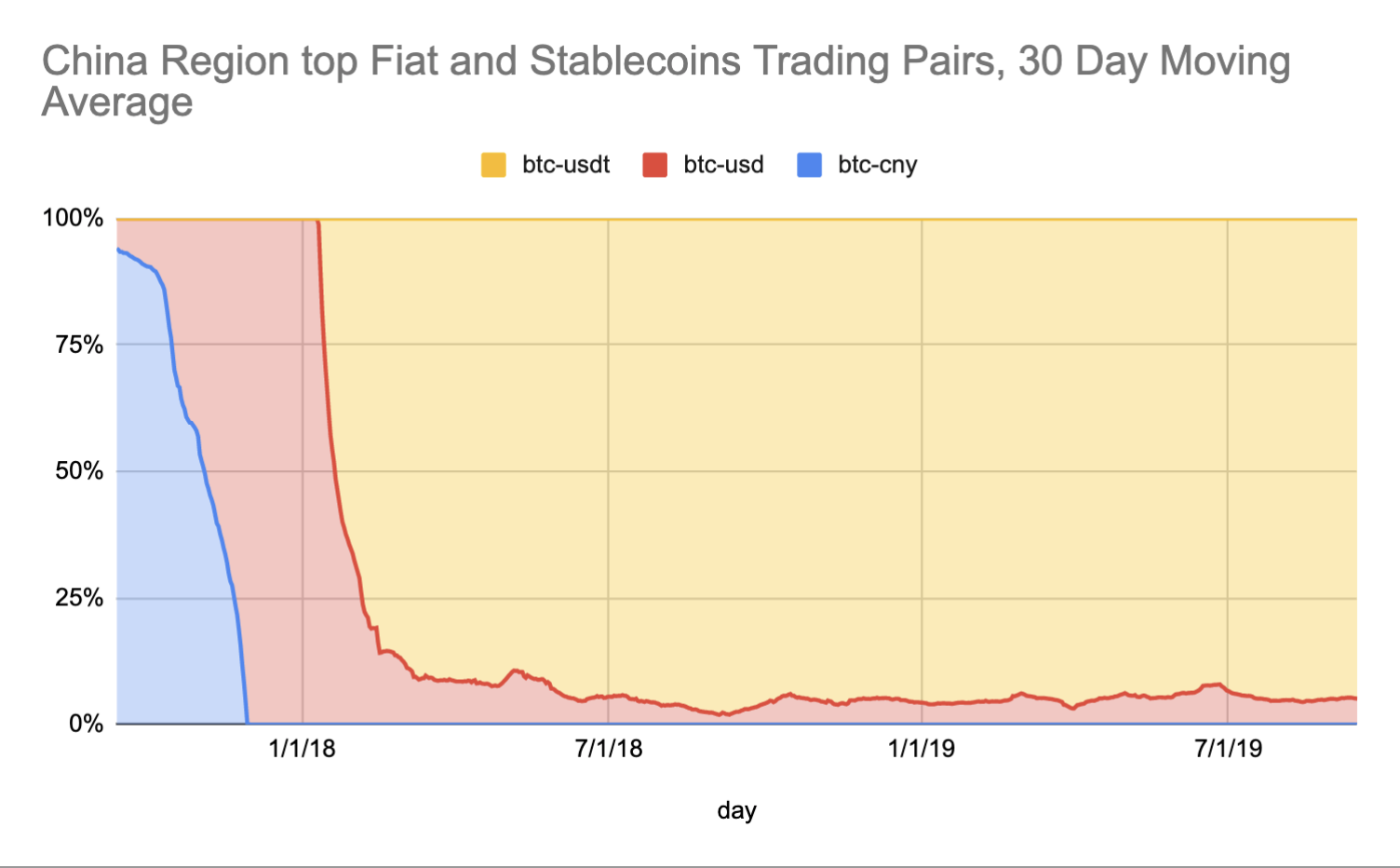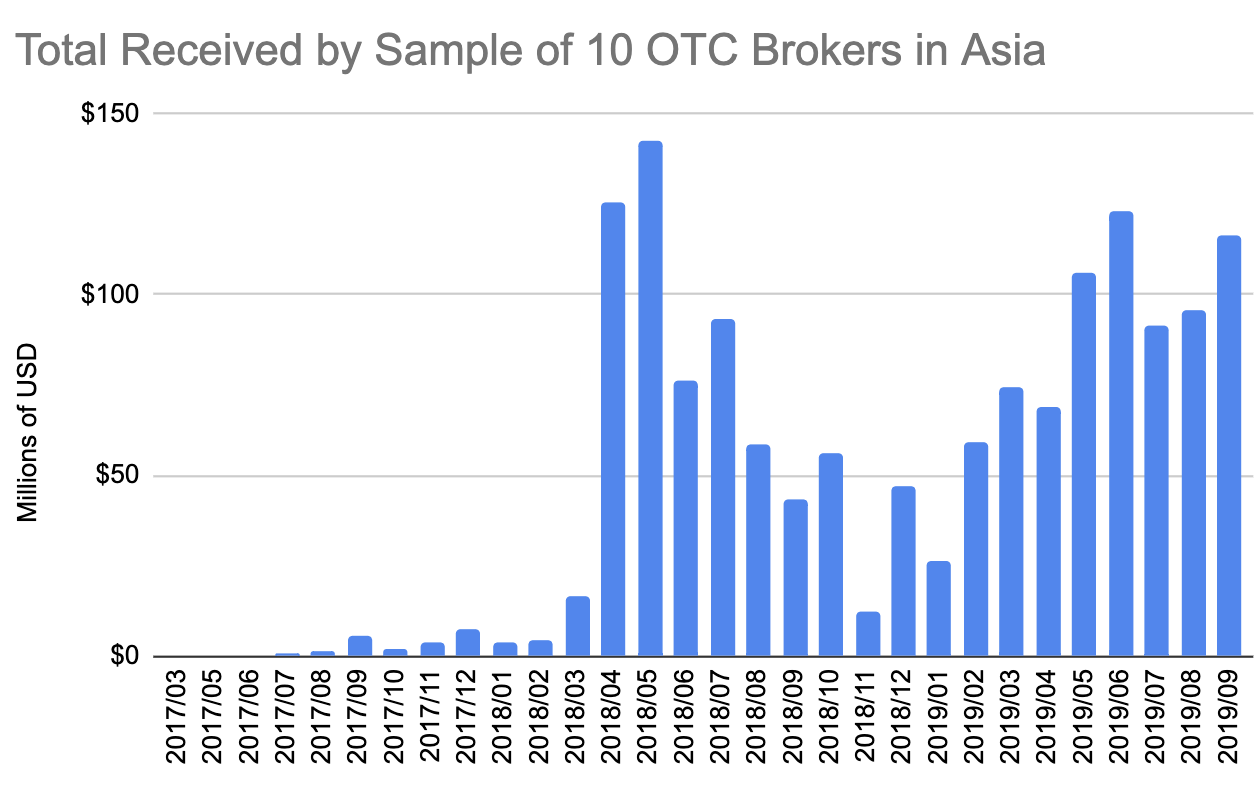As covered in Bloomberg.
It’s no secret that cryptocurrency is popular in China. The country has consistently led the way in bitcoin mining, and is home to more exchanges than nearly anywhere else in the world (and certainly anywhere else in the APAC region).
But at the same time, the Chinese government has been cracking down on cryptocurrency activity since 2017. For instance, China’s National Development and Reform Commission recently added bitcoin mining to a list of industries it considers wasteful and would suggest eliminating. While those in the know suggest it may take years for a ban to actually be enforced, it certainly suggests the government isn’t fond of cryptocurrency — especially considering the government ordered all Chinese exchanges to cease activity.
So, you have a country whose populace contains some of the most active cryptocurrency participants in the world, but whose government has made it clear it doesn’t approve of the industry. Nothing embodies this contradiction more than the way Tether— a stablecoin pegged to the U.S. dollar — is used in China.
Tether is the de facto fiat in Chinese trading
We noticed an interesting phenomenon when we examined the most common currency trading pairs while examining cryptocurrency markets across APAC markets. The graph below compares the most common trading pairs for exchange users in China, Japan, and Korea.

The Japanese and Korean markets behave as you might expect. Nearly 100% of Bitcoin for fiat trades in those countries are an exchange between Bitcoin and the official currency of the country (yen for Japan, won for Korea). But when we examine Chinese exchanges– exchanges that were previously on the mainland and are likely to continue to serve Chinese customers today even if they officially cannot– there’s practically no one trading Bitcoin and yuan. Instead, nearly 100% of the trades involve exchanging Bitcoin for Tether or vice versa. In other words, for Chinese exchange users, Tether has replaced the yuan as the go-to fiat currency.
Why might this be? It’s because in late 2017, China officially banned citizens from trading yuan for cryptocurrency and blocked all cryptocurrency trading websites. We see the effects of this decision reflected in our data. Below is a graph that shows how trading pairs changed over time for users on Huobi and OKCoin, exchanges popular among the Chinese population.

The data tracks with the government’s decision almost to a tee. Leading up to the exchange trading ban, we see an extremely high rate trading between yuan and Bitcoin, before a steep drop in all trading immediately following the ban. When trading picks back up in 2018, we see a near-total shift to Tether as a stand-in for the yuan.
This shouldn’t be all that surprising. Tether makes perfect sense as an alternative to fiat for Chinese traders. It’s quite stable given that it’s value reflects that of the U.S. dollar, and can easily be exchanged for different kinds of cryptocurrencies.
Is this the whole story?
One thing to keep in mind is that while our data deals with trading on exchanges, it’s likely that Chinese traders are exchanging yuan for cryptocurrency elsewhere. Dovey Wan explains this phenomenon in her article on how Chinese cryptocurrency activity in practice differs from what’s mandated by law. While Bitcoin for yuan trades have fallen practically to zero on exchanges since the ban, Over-the-Counter (OTC) desks and peer to peer (p2p) exchanges offer Chinese traders the opportunity to complete these trades with one another directly, out of view of the authorities. Exchanges like Huobi have OTC offerings, while other p2p networks are managed on private WeChat groups that select their members carefully.
Indeed, our data below shows that there’s been a large influx of funds into that category of services since the ban was enacted:

From September 2018 through September 2019, a sample size of ten OTC brokers received $877 million USD, and $577 million USD over the previous twelve months.
These numbers, along with all the anecdotal evidence we have, suggest that fiat-to-Bitcoin trading is far from dead in China. However, for the average exchange user, Tether appears to be king for now.
This is a preview of our 2019 APAC Cryptocurrency Report. Click here to download the whole thing and see the rest of our findings!
